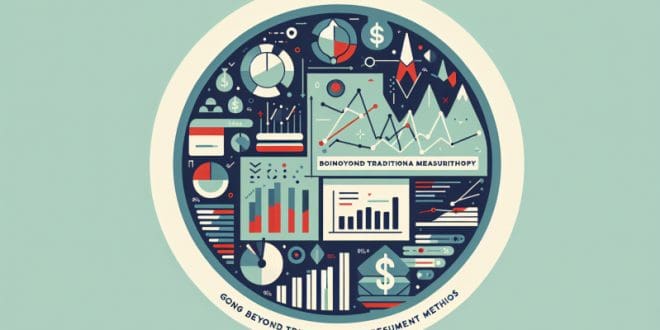In recent years, the grantmaking sector has witnessed a transformative shift heralded by the advent of big data and advanced analytics. This nexus of technology and philanthropy has redefined the paradigms of evaluating, awarding, and measuring the impact of grants. As we delve deeper into this new era, it becomes crucial to understand how these changes are influencing grantors and grantees, and the overall landscape of the nonprofit space.
The traditional metrics of grantmaking have often been criticized for their limited scope and inability to capture the full spectrum of social impact. However, with the integration of data analytics, grantmakers can now harness a more precise understanding of the communities they serve, potential risks, and the long-term sustainability of their investments. Advanced analytics enable a predictive model where patterns and trends can be identified, allowing for smarter allocation of resources.
For grantors, the benefits of this shift are manifold. Data analytics paves the way for more informed decision-making by providing a comprehensive analysis of past and present initiatives. This, in turn, leads to the crafting of evidence-based strategies that can predict the potential success of future projects. Moreover, transparency is significantly enhanced, as stakeholders can access and scrutinize data-driven insights into grantmaking activities.
On the flip side, grantees can leverage these tools to fortify their proposals with data that substantiates their mission and objectives. They can demonstrate alignment with their grantors’ goals through rigorous impact metrics, thereby increasing their chances of success. Additionally, real-time data reporting allows for prompt adjustments to be made to projects, ensuring their goals remain attainable and relevant.
Nevertheless, the integration of data analytics is not devoid of challenges. One of the primary concerns is the digital divide; not all organizations have equal access to the necessary tools and expertise required to interpret and utilize big data. Furthermore, there is an inherent risk of data being misinterpreted or misused, which could lead to incorrect conclusions and decisions.
Organizations keen on leveraging these new tools must invest in the necessary infrastructure and training to build their capacity for data analytics. This transition demands a cultural shift towards a data-centric approach to grantmaking, where continuous learning and adaptation become integral to an organization’s ethos.
As we engage with the profound implications of data analytics in the grantmaking process, we also look ahead to emerging trends. Machine learning and artificial intelligence are poised to play increasingly significant roles in predictive analytics, further refining the process of identifying successful initiatives.
We invite you to join the conversation and share your experiences with data analytics in the grant application and reporting process. Have these tools reshaped your approach to seeking or providing grants? What challenges have you encountered, and how did you overcome them? Let us know in the comments below as we collectively navigate and contribute to the future of grantmaking in an increasingly data-driven world.
 Grants Club Community
Grants Club Community







